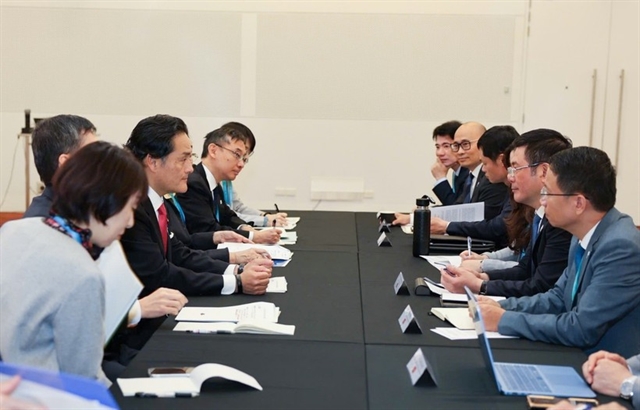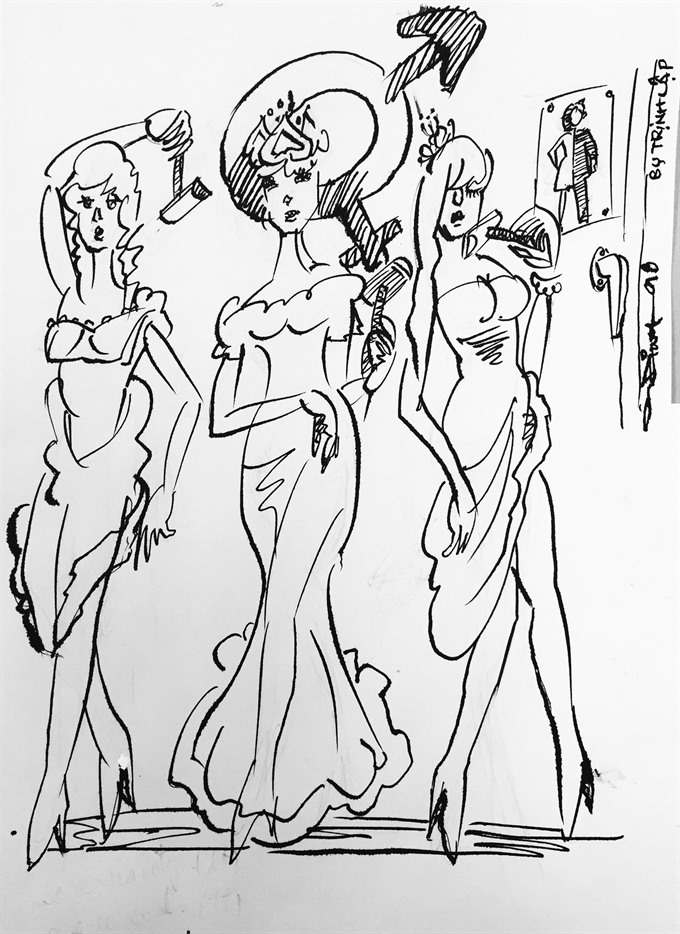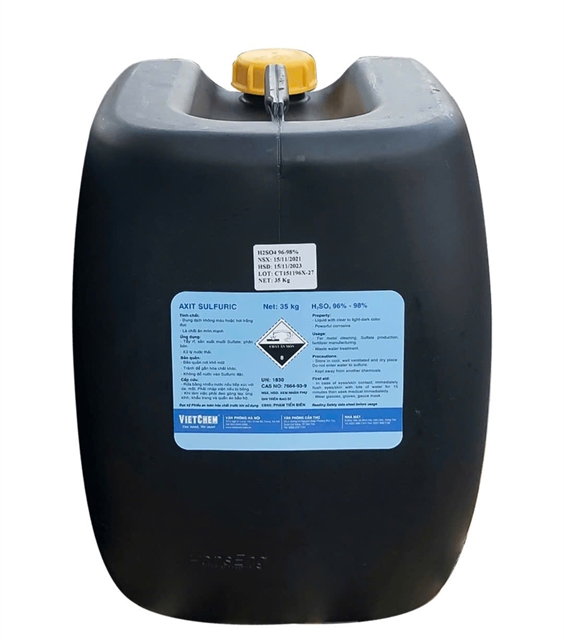 Talk Around Town
Talk Around Town

March 2018 was a big month for LGBTQ visibility in Việt Nam. Singer Nguyễn Hương Giang was crowned Miss International Queen at the world’s largest and most prestigious pageant for transgender women. Then the drag queens who have recently started performing at regular drag nights in Tây Hồ made headlines around the world.
 |
| Illustration by Trịnh Lập |
March 2018 was a big month for LGBTQ visibility in Việt Nam. Singer Nguyễn Hương Giang was crowned Miss International Queen at the world’s largest and most prestigious pageant for transgender women. Then the drag queens who have recently started performing at regular drag nights in Hà Nội’s Tây Hồ District made headlines around the world.
“If we dare to be pioneers, soon this art will be accepted in Việt Nam,” a drag queen named Betty told Agence France-Presse.
Today, it can be difficult to appreciate just how unthinkable this kind of public celebration of queerness was a decade ago. VietPride, Hà Nội’s pride festival, took place for the first time only in 2012. As recently as 2002, state-run media described homosexuality as a “social evil”. As Việt Nam’s economy has grown and globalised, attitudes have changed: while in 2001 over 80 per cent of survey respondents said homosexuality was never acceptable, a 2016 survey found that a plurality of Vietnamese supported gay marriage.
While in countries like the US, the gay rights movement worked for decades to fight discrimination, police harassment, anti-sodomy laws, and many other injustices, finally winning marriage equality in 2015, in Việt Nam legal changes have come much more quickly. In 2015, the National Assembly abolished the ban on same-sex marriage (though still does not recognize such marriages the way it does heterosexual marriages). An NBC News headline trumpeted, “On Gay Rights, Việt Nam Is Now More Progressive Than America”. The same year, Việt Nam legally recognised transgender people. Now, the National Assembly is considering a proposal to strengthen transgender rights.
The Hà Nội drag show, drawing performers from the capital and Hải Phòng who lip sync to Alicia Keys and Whitney Houston, is a vivid symbol of growing acceptance.
But the Tây Hồ crowds cheering drag queens are distant in every way from the challenges still faced by LGBTQ Vietnamese, especially those living in rural areas where gay people are less accepted. Across the country, LGBTQ people still face discrimination, bullying, intolerance and difficulty accessing healthcare and support.
Despite Việt Nam’s strides, activists say, the fight is far from over.
For LGBTQ youth, bullying is nearly guaranteed: a 2016 survey found 70 per cent of gay and transgender young people reported bullying at school. At home, the situation is often no better. Việt Nam’s Confucian culture delineates strict gender roles and places heavy emphasis on the family — even parents who accept their children’s sexuality may wring their hands over the apparently reduced odds of having grandchildren. The workplace can be dangerous, too, as Việt Nam has no legal protections for LGBTQ workers.
All of these problems are magnified outside of Việt Nam’s cities. Nonprofits and advocacy groups struggle to reach the rural areas where most of the country’s population resides. With no resources and few role models, rural Vietnamese LGBTQ people are especially vulnerable to harassment and abuse.
Activist groups are trying to change the situation, but they’re fighting not only logistics but also deeply engrained attitudes about what homosexuality means, Vương Khả Phong, an LGBTQ Rights Program Officer for the Institute of Study, Economics and the Environment (iSEE) told New Naratif.
“Oftentimes, [LGBTQ activists] from the cities go to the provinces, but they don’t listen to us,” he said. “To them, LGBTQ rights are pretty much a Western value or ideology—they say that in Việt Nam we don’t have LGBTQ people; we don’t have these Western values.”
Nguyễn Hương Giang, Hà Nội’s drag queens, and the growing majority of Vietnamese who support same-sex marriage and transgender rights beg to differ. — VNS




